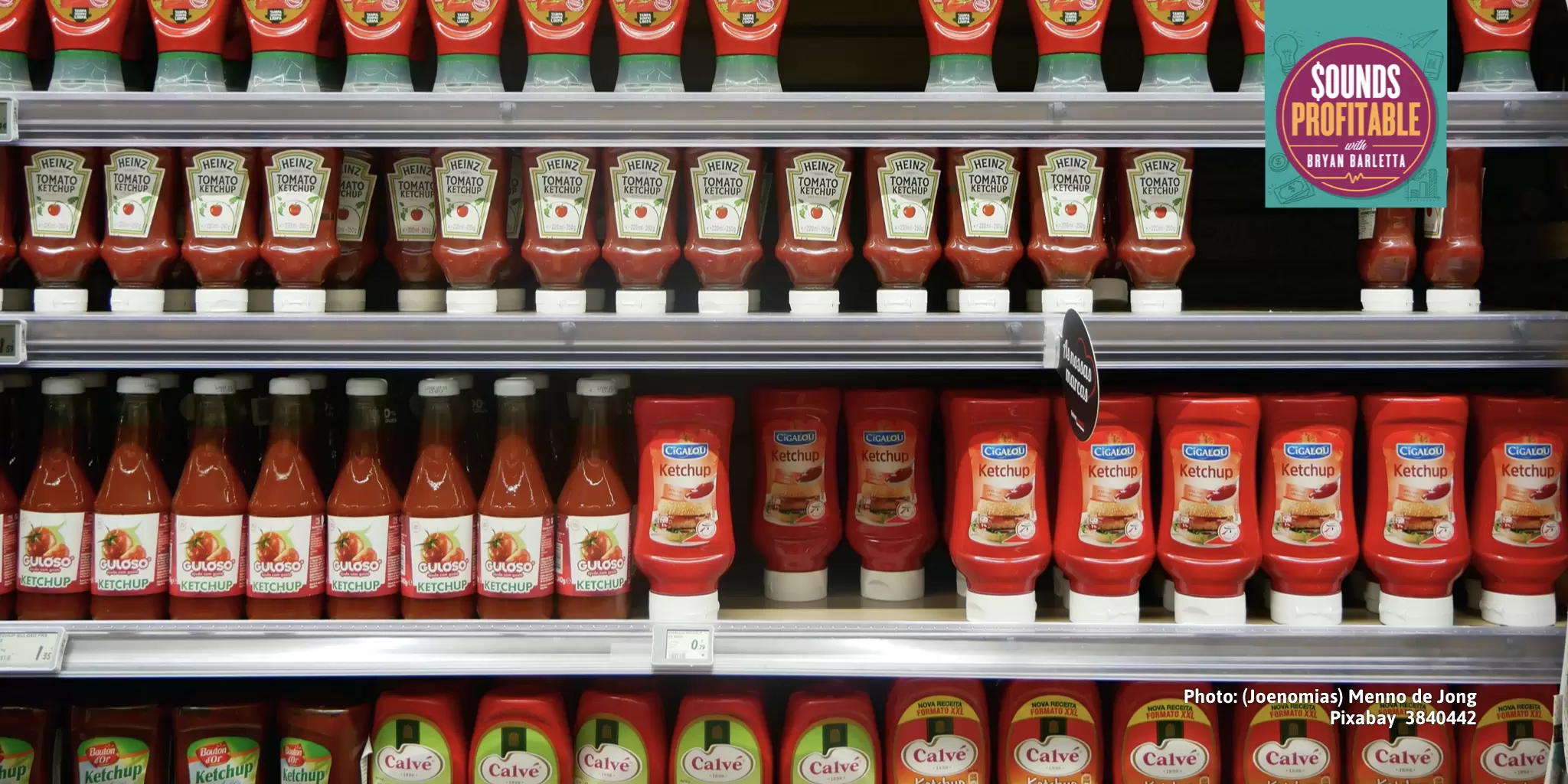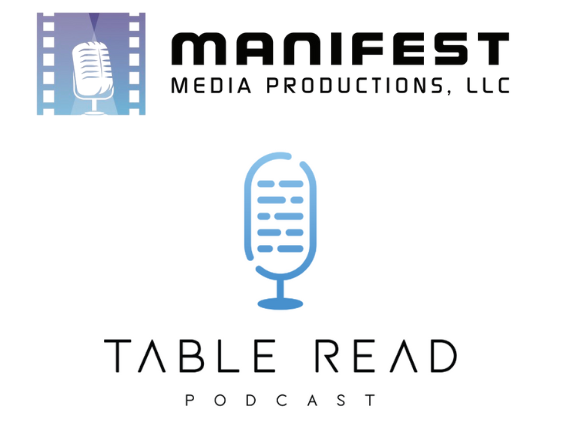The Reach of Demographic Targeting in Podcasting
In some wonderful post-pandemic future, you might head into Whole Foods and start filling up your cart with all the items you need for a weekend BBQ. You get to the checkout and scan your rewards card to save a few bucks. The total pops up on the register and you insert your Visa card while flipping through Instagram. Load up the car. Put away the groceries.
Later that evening you plop down on the couch with your iPad and you’re greeted with ads about ketchup.
Wait. You forgot to buy the ketchup!
In the above example, Whole Foods knows who you are, where you live, and how to contact you (via phone/email). How do they know so much? Because you signed up for the Whole Foods rewards program.
(In fact, the Whole Foods loyalty program ended in 2018 – merging with Amazon Prime. So now they can match what you buy in the supermarket with your purchases at Amazon. That fancy coffee grinder needs fancy coffee beans, after all.)
But – Whole Foods and Amazon are not the only company that knows a lot about you based on your purchases in that supermarket. Visa knows what store you made a purchase at and for how much it was for because you used their credit card. Instagram knows what specific Whole Foods you were at and when you were there because you gave it access to your location, to tag where you upload photos from.
All of that information is first party data, collected by each of those siloed partners, given to them directly by you with permission when you signed up for their services.
But that ketchup ad you saw? It wasn’t from Whole Foods. It was from Heinz. How did that food giant know what you didn’t put in your shopping cart?
Likely to Buy Ketchup
From the other end, Heinz starts up an ad campaign and part of the focus is on finding people likely to buy ketchup. “Intent to purchase” is one of many valuable demographic targeting options major data providers like Nielsen, Oracle, Comscore, and Experian supply. They really can get that granular, down to the specific product type, as consumer packaged goods (CPG) are a big industry. (This announcement from a data provider and podcast publisher last week claims they have access to “2,000 plan-to-buy categories”).
So these data providers, independently of Heinz, are actively building targeting segments like “intent to purchase ketchup” by figuring out what other products people most commonly purchase at the same time that consumers buy ketchup. People who fit this criteria are added to that data set for targeting. But Heinz isn’t limited to using just that one data set, so they create further rules to help them specifically target “people who intend to buy ketchup but have not bought ketchup in the last two weeks”.
That’s you, forgetful ketchup buyer. All they have to do now is upload the creative, configure the targeting on their ad platform of choice, and off go the ads.
So How Does It Work in Podcasting?
Earlier, I wrote about finding geolocation from an IP address alone.
I focused on how ad serving partners can’t get my exact postal address from an IP lookup, but that my wifi IP address is still unique to my household. So while you might be identifying me as being up to 10km away from my physical address, that IP address still resolves to my personal household internet connection – effectively my family’s digital address.
In my household, between my wife and I, we have two MacBook Pros, two iPads, two iPhones, and an AppleTV. None of them are the same exact model. Today, my IP address should show all seven of those devices when matched against a device graph partner like TapAd, Claritas or even one of the data partners previously listed. With third party cookies and MAIDs going away, the data they have will change. They’ll have far less touchpoints, but each one that remains will be more valuable as most of the information will come from my wife and I directly logging into services and consenting to sharing the data they collect from us.
That process is known as identity resolution, which works by taking those multiple logged in touchpoints and combining them, to get a better holistic view of the listener.
Whether by choice or by necessity, identity resolution is actively being built and improved. We’re abandoning the days of gluttonously collecting every data point we can get. But the IP address of my house, previously considered the least useful in other digital advertising channels, becomes a lot more valuable if it matches between multiple logged in sessions from a listener.
So now I open Spotify and hit play on Fake Doctors, Real Friends. A request is made for the specific episode, passing my home IP address and device user agent from my phone. The IP from my household, if not uniquely from my device, is used to match against Identity information about the people who live there.
The death of the third party cookie and mobile ad ID actually works to podcasting’s advantage, as IP finally becomes a valuable data point that other channels previously ignored.
Where you can match 1:1 with that granular data in digital display, without a more specific identifier for each device, the most valuable way to look at who you’re targeting is by focusing on the digital household. That’s because the user agent received in podcasting is really just unique to that podcasting app and doesn’t always tell us what specific device the listener is on.
Any company that tells you they’re demographic targeting individual listeners in podcasting is either Spotify, who can actually do that as an in-app advertising solution; or a different company making a probabilistic guess of which device in the household each attribute belongs to.
When Life Hands You Tomatoes
Demographic data has a ton of value in podcasting, even with the changes happening related to privacy and data collection. It’s important to remember that without scale of inventory, breaking up a campaign to target individual listeners poses a very high risk of not meeting your campaign delivery goals.
For those focusing on targeting single shows, getting a demographic breakdown of the households that listen to your show can be a great addition to your direct sales sheet to show the type of audience the advertiser will be buying into.
For those targeting across larger networks and platforms, it’s important to remember that the tighter and more specific your targeting is, the smaller your audience and the higher the price you pay to target them.
Trying to find those likely to buy ketchup is going to have a much lower match rate than people who are interested in barbecues.
The biggest point I want to drive home for demographic targeting of listeners is, well… the home.
Data partners have such detailed information about us, because we’ve opted in somewhere to them collecting and selling it. But they can’t tell which specific person in a household is downloading a podcast. IP address and user agent just isn’t enough to filter out one person in a digital household full of information gathered outside of podcasting.
By keeping that in mind, you’ll end up with a more realistic representation of who you’re targeting and you’ll likely see far less limitations in available inventory for your campaign.
Homework
The goal of Sounds Profitable is to educate and empower each of you. If we’ve had a chance to talk directly, you know that I am truly passionate about both adtech and podcasting. We learn through asking tough questions and discussing the answers.
Armed with today’s new knowledge, I want to help you ask more questions. Please consider supporting Sounds Profitable through our Patreon.
- Does your hosting provider offer demographic targeting?
- What vendor do they use?
- What’s their average match rate?
- Do they limit demographic matches to household wifi connections only?
- If not, can they explain the value of demographic targeting on a cellular IP?
- Are you/your advertisers requesting demographic targeting?
- Are they expecting an exact user match or do they understand it’s a probabilistic household match?
- Is the targeting list restricting the success of the campaign?



















































































































































































































